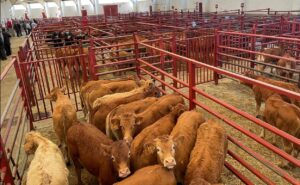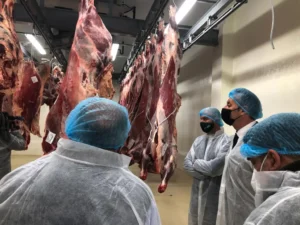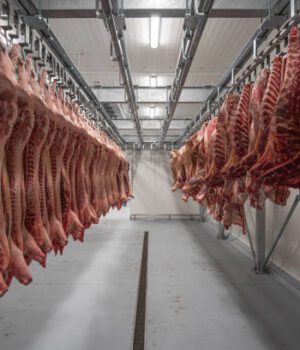Some slaughterhouses and farm organizations have raised concerns about a significant increase in shipments of livestock, mainly cows, to slaughterhouses. This situation generated by the drought has caused the adequate supply of fodder to feed the cattle to be in danger. Ranchers say that the collapse in slaughterhouses is due to lack of food, the need to take measures to ensure the survival of livestock and the supply of meat in the future.
The truth is in the markets.
According to the latest report of Telemarkets, the price of cows has decreased due to the pressure generated by a greater supply of animals in the market. This situation is due to the drought and the drop in the price of milk, which hinders profitability for farmers. All this has generated more animal sacrifices, something that worries the industry regarding the replacement of animals in the future. Market prices are considered an important tool to assess the current market situation and understand trends in the livestock sector.

Telelonjas reports that "drought and a falling milk price make profitability very difficult and more are being sacrificed, with the consequent concern in the sector for the future replacement of animals."
Observing the tablets of Binéfar, a leading market in the beef sector, the price per kilo of suckler cows has dropped twelve cents. Compared to February, it has decreased twenty cents. So there is a collapse in the slaughterhouses? More and more cows are slaughtered, the causes are the drought and the lack of fodder to ensure food for ruminants.
What does the industry think?
For Association of Beef Producers (Asoprovac) there is no collapse in slaughterhouses. Although they recognize that there have been more sacrifices in the last year, due to the increase in the price of meat.
While other experts in the sector assure that May is a common time to send cows to the slaughterhouse, since at the end of April the "withholding period" for beef ends, a period that the heads of cattle on the farm meet to be able to collect the aid from the Common Agricultural Policy (CAP).
In addition, according to sources from the Fecic meat employer, there is no record that companies or slaughterhouses have reported problems in relation to cattle feeding or animal slaughter.

According to fecic, there are difficulties in individual slaughterhouses, such as the case of the Macrisa slaughterhouse. Its president, Javier Roldán, affirms that if they have a collapse in the slaughterhouses. Fodder shortages have caused beef cattle feed costs to rise, making it more expensive to keep cows on their farms than to send them to slaughter. Javier Roldán acknowledges that during the month of May slaughter tends to increase by 10-15% due to the end of the retention period, but this year the figure has increased by 30%. Furthermore, instead of being cows in the aging stage, they are young sucklers in full production.
Given the shortage of fodder, farmers have to assess how many cows they can feed. Forage is very important, as it is essential for ruminants. Also, they are expensive to import.
The increase in beef culling is clear, caused by several factors: rising prices, rising production costs on farms, the end of the "withholding period" and drought affecting the supply of necessary fodder .







